A vineyard pest is anything that causes a nuisance amid the tidy rows of grapes where winemakers source their fruit. Traditionally, the pest comes in the form of an insect infestation like phylloxera or a flock of starlings right around harvest time. Because wine is very much an international enterprise with a tremendous diversity of regions and styles, there’s a wilder cast of characters on the vineyard pest list than you might think.
Baboons
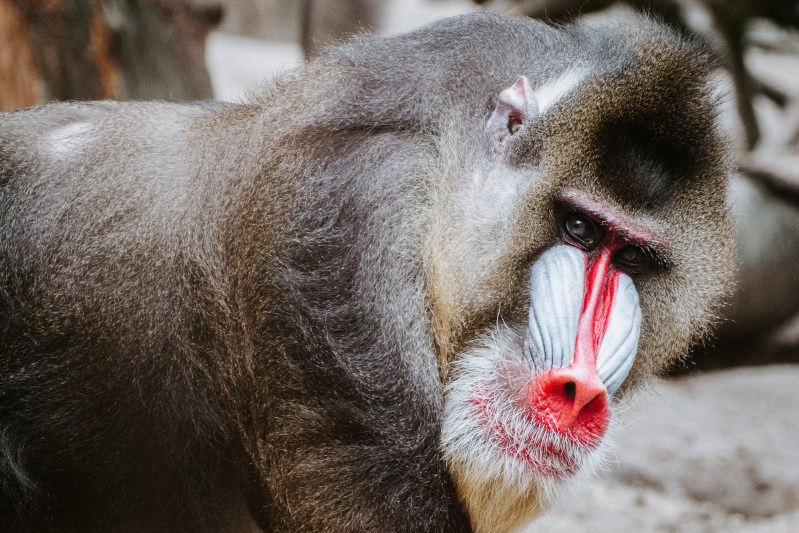
The wildness of South Africa results in a number of rather crazy vineyard pests. Baboons take the cake as the most out-there of the bunch. The sometimes aggressive critter is known to feast on vine tendrils and buds in Western Cape vineyards. Whereas wineries in the states fire off propane cannons or amplified recordings of birds of prey to keep finches and starlings away, some South African wineries use sound bites of lion roars to keep baboons at bay.
Migratory Birds
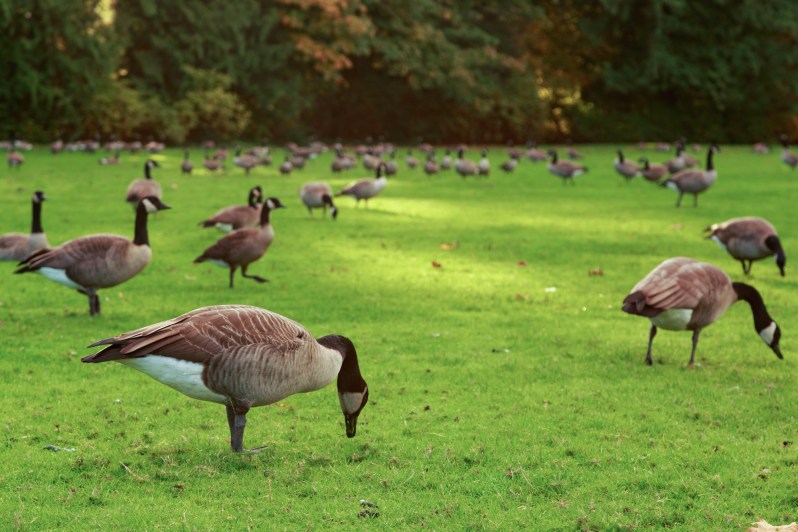
Birds on the seasonal move like the Canada Goose don’t usually chow down on expansive plantings of Pinot Noir but when certain conditions align it can happen. In 2011 in the Willamette Valley, one of the latest harvests ever meant fruit hanging on the vine well into November at some estates. Birds en route to the south for winter stopped in vineyards for a snack and some added energy to help their travels. The devastation was so bad that the vintage still haunts winegrowers and is known locally as “the year of the birds.”
People
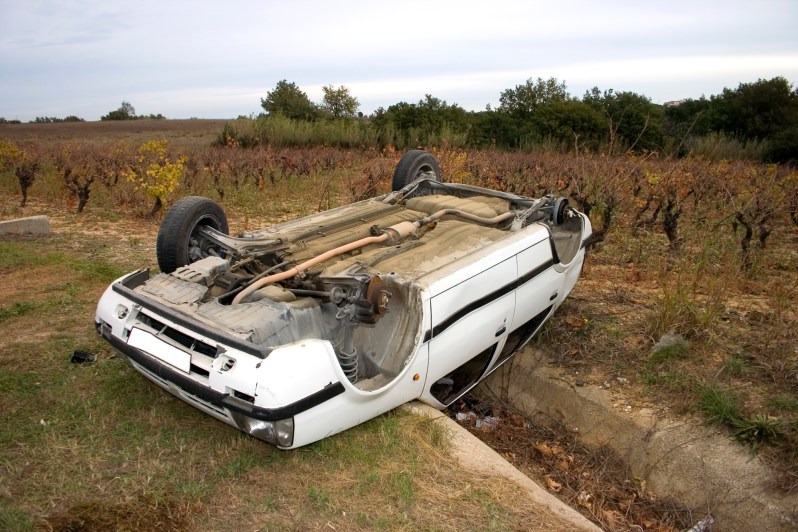
It’s easy to overlook humans as they tend to congregate around the bar for another pour of wine. Yet, people can wreak real havoc in the vineyard. There are the more obvious potential problems — drunk drivers crashing into priceless old vines of Merlot or curious tourists looking to sample ripening grapes. And there are the more unusual tales, like heartbreaking stories of grape theft under cover of night or disease being spread unknowingly from a person to an estate. The latter is surprisingly common and a major reason why some wineries don’t allow tours or sterilize their farm equipment often. Phylloxera loves to find a human host, whether it’s the boots he’s wearing or the tractor he’s driving.
Long-Horned Grasshoppers
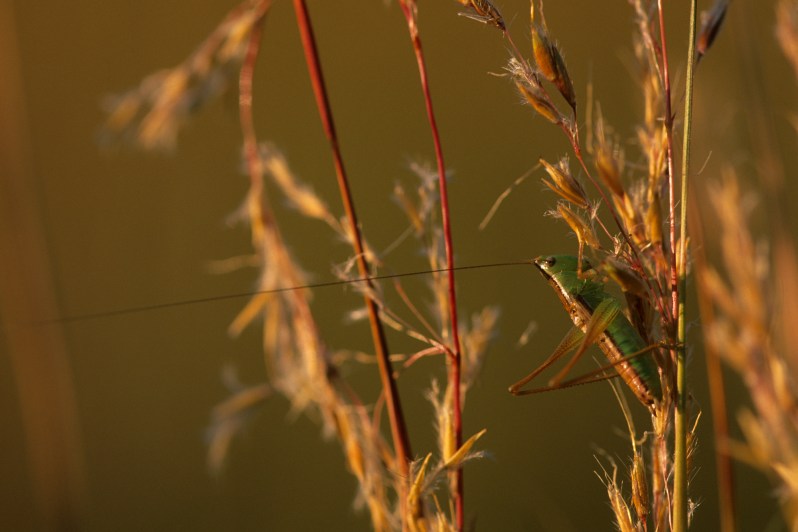
This specific type of terrestrial is known to swarm in certain parts of the world in biblical fashion. In South Africa, especially, the herbivores like to dine on grape leaves, leaving holes in the plants. The bugs seems to really like warm and dry winters, which are good for their larvae. What to do? Go higher up the food chain with bug-eating animals like bats or certain birds. That, or cross your fingers for a mild winter.
Boars
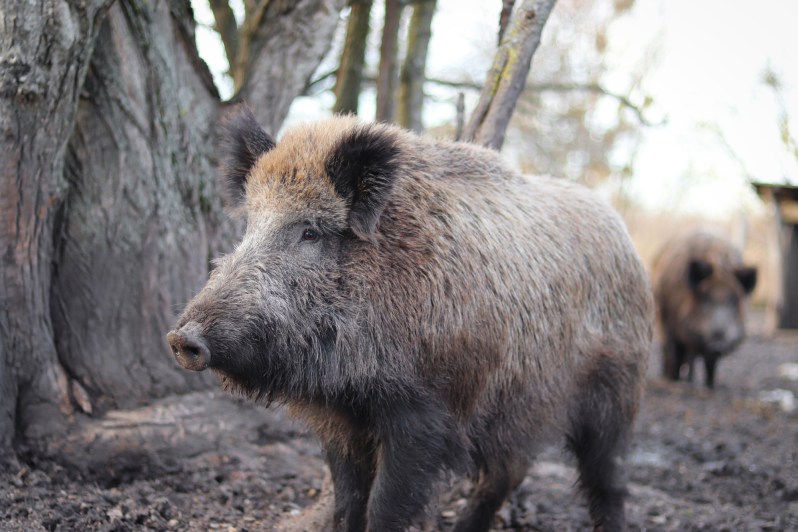
In Italy, boars are capable of causing real headaches in wine regions like Chianti or Umbria. Not the most graceful animal in the kingdom, the boar can tear through an estate, pouncing on roots and noshing on grapes. Smart and industrious, they’re also capable of getting through many of the weaker vineyard fences. They’re also deliciously gamey and serve well in a cinghiale pasta with a glass of Brunello. Credit to the board for having such discerning taste. Recall that this is the animal that also has a taste for wild truffles.
Elk
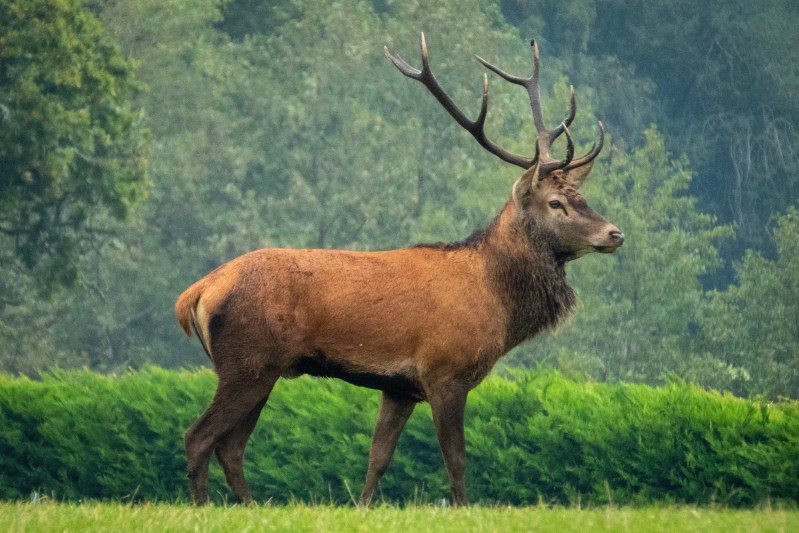
In the Pacific Northwest, it’s not uncommon to see elk in and around wine country. While the herds tend to stick to higher, wooded terrain, the large mammal will sometimes wander into a vineyard. Many growers protect their crop with taller deer fencing but occasionally, in unprotected estates, a group of elk will saunter through a vineyard and leave a wake of stomped-on vines. It’s rare, with smaller, young plantings being the most vulnerable, but it’s not unheard of. But it is less terrifying than a black bear, an animal that will occasionally treat itself to a vineyard lunch in places like British Columbia.


